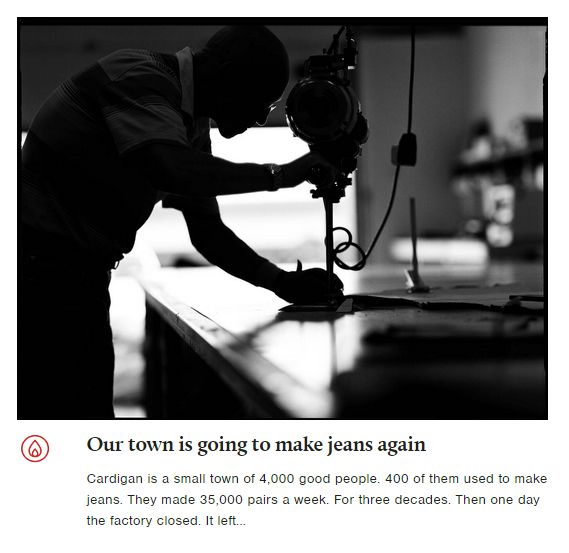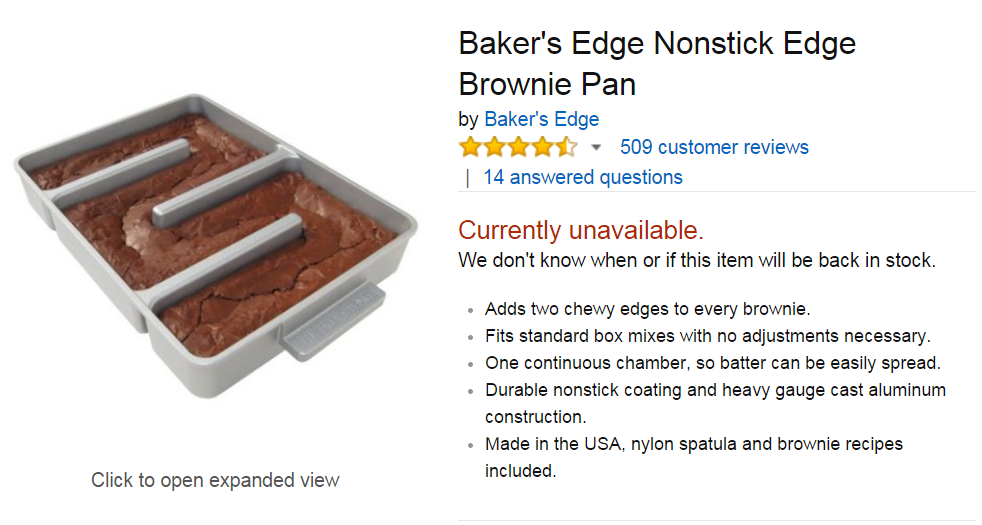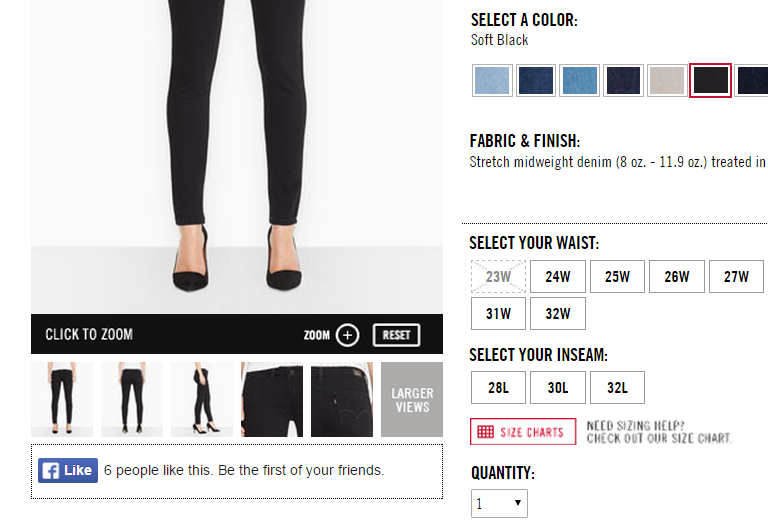A product description does not only describe the product. It has to sell the product as well. Don’t ever copy and paste from the manufacturer’s descriptions. Too often, those descriptions are all dry and lifeless specs/features with endless bullets that bore people out of their skulls.
Don’t want to be a “dull” brand and lose your sales to other bright competitors? Spice up your product descriptions now with these 7 useful tips.

1. Quit talking about yourself
People don’t buy your product. They buy the satisfaction that your product promises to deliver. They don’t care about how many profound features you may come up with. They only care about how your product can make their life easier. Does it help them feel better about themselves? Does it make them live a happier life? Does it help them become smarter or richer?
Buying is all about emotion. If you make your shoppers feel good, the higher chance is that they will buy. Instead of ranting about your product specs in every little detail, focus on the benefits people can get from the purchase.
For instance, how are you going to describe a body pillow you are selling? A pillow to sleep on, huge and fluffy, made of first-class fabric? This definitely won’t cut it. How about, “A fluffy and huggable buddy for loners and troubled sleepers. Guarantees you a comfortable and cozy sleep at night.”
2. Tell a compelling story

Hiut Denim Co. brand story
Our brains always crave for storytelling. It gets us hooked and engaged in the conversation. If you want to build a more personal connection with your potential customers, tell them a good story about your product. How was it developed? What was your inspiration? What obstacles did your team have to overcome along the path?
Stories grab people’s attention, make them listen, inflect and take action. And here is how Hiut Denim Co. tell their best brand story we ever heard.
“Cardigan is a small town of 4,000 good people. 400 of them used to make jeans. They made 35,000 pairs a week. For three decades. Then one day the factory closed. It left town. But all that skill and knowhow remained. Without any way of showing the world what they could do. That’s why we have started The Hiut Denim Company. To bring manufacturing back home. To use all that skill on our doorstep. And to breathe new life into our town. As one of the Grand Masters said to me when I was interviewing: “This is what I know how to do. This is what I do best.” I just sat there thinking I have to make this work. So yes, our town is going to make jeans again. Here goes.”
3. Drop those bland adjectives
Excellent, outstanding, top-notch, brilliant, etc. Yes, drop those words, or else they will make you sound less persuasive than you think. Customers get fed up easily with those retailers claiming themselves being first-class in town.
In fact, who would want to say their product is not good or bad? Instead of throwing out grand compliment about yourself, try to be more specific and prove your product’s excellence by various features and benefits it can bring.
Let’s see how Baker’s Edge nails it with their product copy for their Nonstick Edge Brownie Pan.

Baker’s Edge product description
4. Stir the imagination
Since online shoppers cannot touch, feel or smell your product, imagination is crucial in their buying decision. If you want more buyers, make sure you stir their imagination enough to leave a vivid and positive image of your product in their minds.
Below is how Edible describes their Monkey picked tea with a unique and interesting story about how the tea is carefully picked, not by human, but by monkeys.
“No folks we’re not pulling your leg! This rare Chinese tea is carefully picked by specially trained monkeys in a remote mountain region of China. Legend has it that monkeys were first used to collect tea ten centuries ago, because upon seeing it’s master trying to reach some tea growing wild on a mountain face, the monkey climbed up the steep face and collected the tea growing there and brought it down to his master. This wild tea was considered so delicious that other people began to train monkeys to collect this rare wild tea…”
5. Sneak in some social proof
88% of customers say their buying decisions are influenced by online reviews. People need assurances from their peers to validate your claims. Therefore, adding some social proof to your compelling product descriptions will make it convert better.
Social proof can be anything from testimonials, user reviews/ratings, user statistics to media mentions, celebrity endorsement and many more. Let’s see how Levi’s leverages social proof by adding this Facebook like box under their product images.

Levi’s product page
6. Create a sense of urgency
Urgency is a good push to get your visitors take action immediately. It can come in many forms from time urgency to scarcity. You can opt to display that “Left in stock” counter or state that your item is time limited or quantity limited. Coupon or discounts may also be added to give your shoppers more nudge.
Another way to make customers feel that sense of urgency is by wording. In your product description, show your customers that they have an urgent problem to fix and how your product can be the great solution.
Instead of just saying, “Buy our latest jeans collection now” you could say, “Stop being out of trend and start being gorgeous today with our hottest jeans collection.”
7. Know your audience
Don’t just create a vague product description that aims at nobody. Since you can’t sell to everyone, make it clear about who you intend to communicate with. Your targeted audience can fall into certain demographic and has their own preference and background.
Once you have visualized your buyer persona clearly in mind, think about how you should talk to them, what may trigger them to buy, what gets them excited and willing to spend their hard-earned money on your products.
That way, you can craft a highly customer-oriented product copy and win more loyal fans and sales in return.
What elements do you think make up a compelling product description? Have you ever come across any amazing product description that made you say wow? Feel free to share with us in the comment below.



